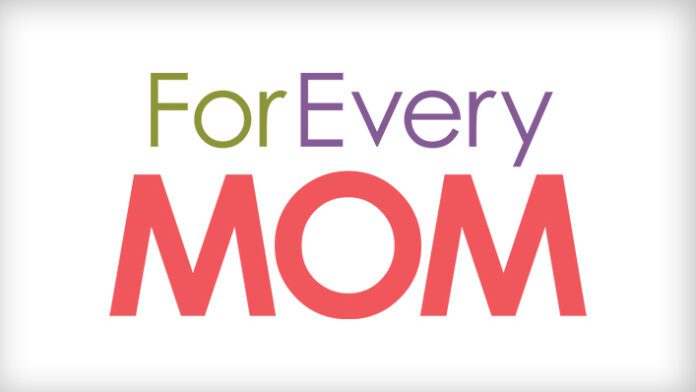As a therapist, parents ask me how to talk to their kids about all the tough stuff topics, like depression, anxiety, suicide, and suicide attempt. My goal for this series is to address each of these topics and help you and your child navigate the more difficult areas of life.
This post is part one in how to talk to your child about suicide. Part one will explain why suicide happens and how to talk to your child about it.
And in the almost ten years of being a therapist, I’ve worked with probably hundreds of clients, young and old, who have had thoughts and attempts of suicide. It is a topic that is continuously present in the back of my mind to assess for risk and safety.
While the topic of suicide shouldn’t be that ever present in your mind, it’s essential to have an understanding of why it happens so that you, as a parent, can explain this behavior to your child.
Statistics
- According to the American Foundation for Suicide Prevention, 42,773 Americans die by suicide each year. That’s 117 people every day.
- 90% of children and adolescents who die by suicide live with a mental health condition.
- Suicide is the second leading cause of death for ages 10-24. (2016 CDC WISQARS)
- Each day in our nation, there is an average of over 3,041 attempts by young people in grades 9-12.
Myths
“Talking about suicide may give someone the idea.”
One of the most significant myths about suicide is that if you talk about the topic, it may give someone the idea.
Here’s the truth, if your child doesn’t know about suicide, you have the opportunity to share with them the finality and sadness associated with the topic. You can discuss the other options they have for dealing with emotional pain and hardships.
If your child already knows about the topic of suicide, you then have the opportunity to discuss their thoughts and what it means.
“People who talk about suicide won’t really do it.”
Think about the Bible verse – Proverbs 4:23 Above all else, guard your heart, for everything you do flows from it.
When something is on your mind or has become a focus, you tend to talk about it. Ponder it. Spend time finding out more about it.
The same is true for suicide. Some individuals will be blatant about the topic and others will talk more in themes about death, dying, and potentially the after-life.
“If a person is determined to kill themselves, nothing is going to stop them.”
Everyone who kills themselves presents warning signs before completing the act. The point of prevention is to understand those risk factors and warning signs before the idea of suicide becomes too resolved.
Risk Factors for Suicide
The reason a person contemplates, attempts, or completes suicide is to alleviate pain. It may be an emotional pain due to trauma, past abuse, or current situations. Or it may be a physical pain due to chronic or severe illness.
Hopelessness
Hopelessness is the belief that nothing will get better. That life will always be bad, difficult, and traumatic.
Isolation – Real or Perceived
A person who is contemplating suicide often feels isolated. They may feel like no one understands them or they are different. The result is often to pull-back from other, thus increasing the experience of loneliness.
Lack of Future Thinking/Planning
A person who is at risk for suicide often struggles to see themselves in the future. They feel stuck in their current distress and can’t image or plan for life outside of that situation.
Believe There is No Other Option to Alleviate Pain
Of the four risk factors, this is the most effective one to alter and the starting point for any therapist. The goal is to help the person understand that there are other ways to alleviate their pain.
Suicide Warning Signs
If a person talks about:
- Killing themselves
- Feeling hopeless
- Having no reason to live
- Being a burden to others
- Feeling trapped
- Unbearable pain
Increase or change in the following behaviors:
- Increased use of alcohol or drugs
- Looking for a way to end their lives, such as searching online for methods
- Withdrawing from activities
- Isolating from family and friends
- Sleeping too much or too little
- Visiting or calling people to say goodbye
- Giving away prized possessions
- Aggression
- Fatigue
Increase or change in the following moods:
- Depression
- Anxiety
- Loss of interest
- Irritability
- Humiliation/Shame
- Agitation/Anger
- Relief/Sudden Improvement
The Difference Between Suicidal Ideation and a Suicide Attempt
Suicide Ideation
Suicide ideation is having thoughts about suicide and the end of their life. This is very common and not necessarily a sign that a person is going to attempt suicide.
Fleeting suicidal thoughts – “Life is hard, and I wish I didn’t have to do it.” If we are honest, that is a thought that each of us has had at some time or another. But that doesn’t mean we are suicidal. While having these thoughts can be disconcerting, by themselves, they don’t suggest a suicide attempt.
Suicide Plans – A suicidal plan ranges from vague with no access to detailed and specific in time and place, plus access. These are the details that I am focusing on when I am assessing for risk and a potential need for hospitalization.
Suicide Intent – Intent is resolved or determined to do something. In this case, complete suicide. The level of suicide intent is a significant risk factor.

